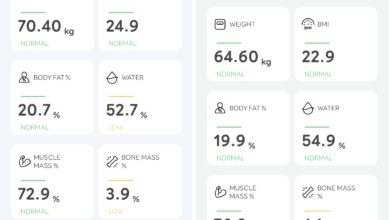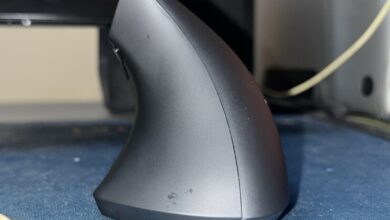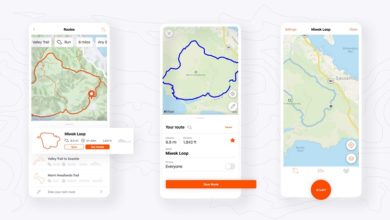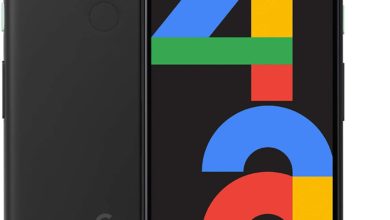Moto G : Lineup that redefined Motorola

Motorola is the only brand from the big 5 (Nokia, Sony, Motorola, Microsoft, Blackberry) that managed to stay afloat (albeit changing hands). Every time the world thinks that Moto branded phones will stop, Motorola comes back in full force with an innovative product. G series is one such lineup that redefined the budget Android market, thanks to no non sense design and clean Android with regular updates. This week, Motorola has released the fifth generation Moto G in India. Lets take a look at how the lineup shaped to be the best lineup for Motorola. This is the first article from the series ‘Product lineups that redefined a brand’.

Late into 2012, there were reports that Motorola was closing down operations in India. That was after Google acquired Motorola Mobility. Apparently, Motorola consolidated, started with renewed focus towards limited device lineup that are easy to maintain and support. And it worked brilliantly. Year 2013 was the beginning of three lineups (E, G, X).
Moto G 1st gen (2013)
In 2013, lower midrange had phones that are sluggish and barely received any updates and had poor display quality, weak battery life etc. Based on the higher specced Moto X design, Moto G created a storm when it released. Priced under 15,000 in India and under 250$ in USA, the Moto G came with good looking design, sturdy build quality and ‘clean’ Android. Motorola promised regular updates. At launch, the Moto G came with Android 4.3 JellyBean and received updates till Android 5.1 Lollipop. Such was the speed at which Moto updated the Moto G that the phone received Lollipop update before Google’s own Nexus devices.
After much waiting, Motorola released the first generation Moto G in Feb 2014. Instead of opening traditional sales channels and creating the distribution network again, Motorola decided to make Flipkart the exclusive sales partner. Moto G was sold exclusively via Flipkart and without any flash sale circus. The 8GB model was priced at 12,499 and the 16GB model was priced at Rs.13,999/-. One of the talking points at that time was swappable back plates available in various colors. Overnight, the phone became talk of town. Later that year, Motorola launched updated Moto G with LTE and microSD card support.
Key Highlights
- Clean Android OS, promised updates
- 4.5″ 720p display was way better when compared to competition
- Price
- Exceptional build quality
- Great battery life
Moto G 2nd Generation (2014)
Given the massive success of the first generation Moto G, Motorola had a daunting task at hand with the 2nd generation device. And they delivered! The best feature of the 2nd generation Moto G was the splash proof nano coating. Thanks to the nano coating, the phone could withstand momentary drop in water. It was not IP rated as the phone internals will be damaged if in contact with water for more than few seconds. Another great feature addition was dual SIM card slot support. Motorola continued on their promise of ‘clean Android with regular updates’. The Moto G 2nd edition came with Android 4.4.4 KitKat was received updates till Android 6.0 Marshmallow.
The 2nd gen Moto G came with a bigger 5″ 720p display with Gorilla Glass 3 protection. The single loud speaker of 1st gen was replaced by dual front stereo speakers and this resulted in much much improved speaker quality. Similar to the first gen model, Motorola added LTE functionality to later model of 2nd gen Moto G. Even though the 2nd gen uses same chipset as the 1st gen, it still managed run without lag. This is mainly due to clean Android build that Motorola optimized to deliver performance. This also resulted in very good battery life.
Key Highlights
- Clean Android OS, promised updates
- Splash proof nano coating to protect from water spill and splashes
- Price
- Exceptional build quality
- Great stereo speakers
Moto G 3rd Generation (2015)
The third generation Moto G was a massive success. Such was Motorola’s optimization that the Moto G3 with Snapragon 410 was as fast as other devices with Snapdragon 615 which is much faster chip on paper. This is mainly attributed to the clean UI of Moto G. The best feature this time though is the IPX7 rated water resistance. This means that you can submerge the phone in up to one meter of water for 30 minutes. This time the G3 came in 1GB of RAM,8GB storage and 2GB of RAM, 16GB storage variants. The higher specced variant was the defect choice of many as the price difference was not that much.
The textured and curved back plate was removable and Motorola made design customization possible in USA via the popular Moto Maker website. The display was similar to the 2nd generation Moto G. The camera is upgraded to a 13mp unit with HDR imaging support and is the same camera that was used in Nexus 6. As with previous generation Moto G phones, the Moto G3 came with Android 5.1 Lollipop and later upgraded to Marshmallow 6.0.1.
Later, Motorola released Moto G(3) Turbo with faster Snapdragon 615 chipset and even better IP67 water and dust resistance. Meant to tackle competition from China, the new variant of G3 turned out to be faster, better and more reliable.
Key Highlights
- Clean Android OS, promised updates
- IPX7 rated water resistance
- Price
- Extremely good performance
- Exceptional build quality
- Customizable body through Moto Maker (USA only)
- Very good battery life
Moto G 4th Generation (2016)
Motorola took a different approach with the fourth generation. Instead of going by one size, Motorola released two variants. One came with a 5″ display to fight with sub-10k devices that were eating into 10k-15k device sales. The prime variant came with bigger 5.5″, with FullHD resolution. Named G4 Play, the low end variant is powered by Snapdragon 410. Motorola G4 had 2GB of RAM and 16GB storage. G4 plus has better camera and was available with 2GB RAM and 16GB storage or 3GB RAM and 32GB storage. Unlike the 3rd generation, the G4 only had water repellent nano coating (downgraded from strong water/dust resistance).
This was the first Moto G phone to come with a fingerprint sensor. It also had a dedicated microSD card slot unlike the hybrid slot that was added in competing phones. The camera received a slight bump too. The Moto G 4th gen came with Android 6 Marshmallow on board and recently was updated to Android 7.0 Nougat. The G4 also came bundled with Turbo Power charger which would give the phone six hour battery life after charging for just 15 minutes. The battery too got a big bump to 3000mAh.
The Moto G4 Play on the other hand came with smaller 5″display and was powered by a Snapdragon 410 chip. Priced under 10k rupees, The Moto G4 Play was one of the best budget phones to buy in 2016.
Key Highlights
- Clean Android OS, promised updates
- Price
- Great performance
- Exceptional build quality
- Very good battery life
- Fast battery charging, Turbo Power adapter included
Motorola Moto G5 (2017)
Finally, after four iterations, Motorola decided to go with metal for Moto G. Moto G felt more like ‘designed by Lenovo’ and it clearly shows. The design is not clean with mix of plastic and metal, stereo speakers are gone, water resistance coating is gone, price went up. To make things worse, this one has a smaller display (5.2″) than the G4 and yet it is almost the same size as the previous model. But still, thanks to clean Android build with Nougat 7.0, promised updates and heavily optimized OS, this might as well turn into a big hit.
Key Highlights
- Clean Android OS, promised updates
- Powerful Snapdragon 625 chip
- Price
- Extremely good performance
- Exceptional build quality
- Fast battery charging
What is it that makes the G series tick? Well, it is simple. From the first generation to this recent edition, Motorola maintained a simple formula. Give a clean Android experience that is also well optimized. Motorola has always maintained sub-15k INR price tag (until the higher specced G5) and Motorola’s brand value is one of the reasons why G series succeeded where The Xperias and Lumias failed! If I have a choice to either buy the Redmi Note 4 or the Moto G5 Plus or the Lenovo P2, I would definitely go with the Moto G5 Plus though other two are slightly better. Its the peace of mind that the G series gives that matters the most!





